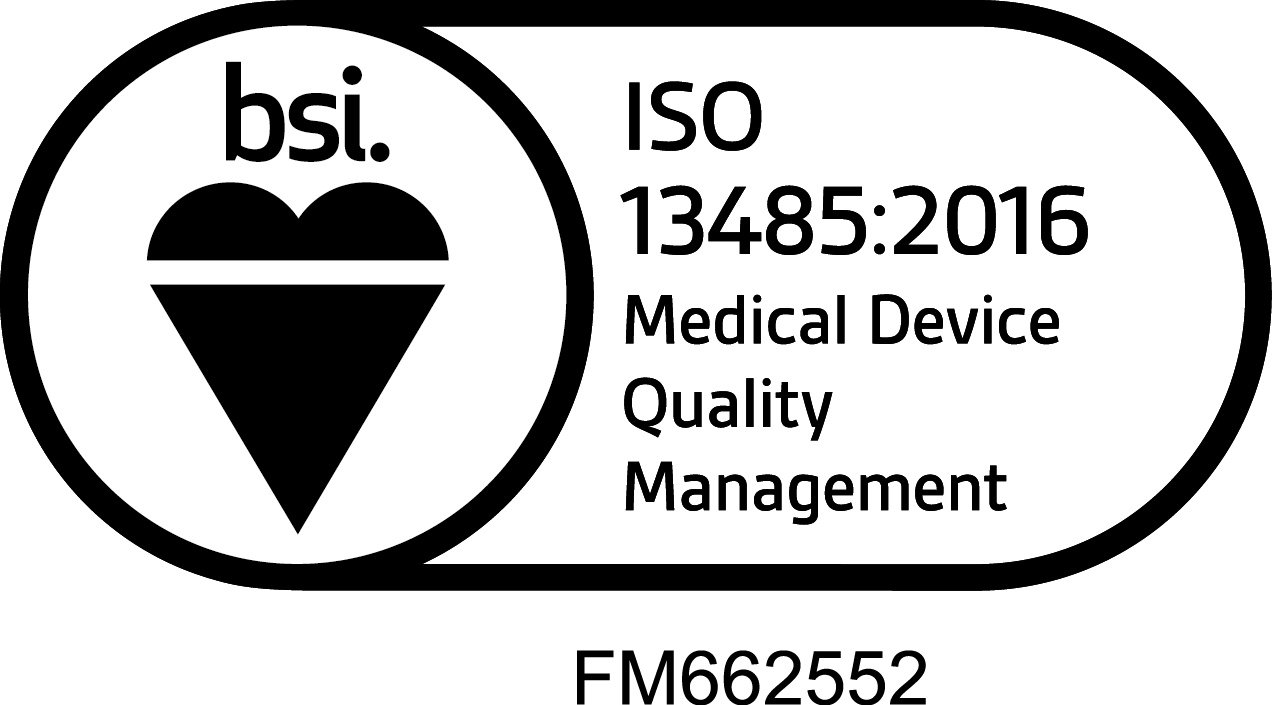OMTEC 2018: Top takeaways for medical device manufacturers
Nearly 350 professionals from 92 unique device companies attended this year’s Orthopaedic Manufacturing & Technology Exposition and Conference (OMTEC) to learn about the latest device advances and the future of the orthopaedic industry.
Three key themes emerged as we met other attendees, attended keynotes and events, and visited session rooms, the surgeon pod and tech center. The industry is investing in new technologies, improving supplier partnerships, and focusing on value in healthcare outcomes.
Here’s how we see these three trends impacting medical device manufacturers today and in the future.
Takeaway #1: New implant technologies can help reduce the overall cost of care, even if the device costs more up front.
More hospitals and healthcare organizations are looking to reduce the cost of care by shortening hospital stays and creating better patient outcomes.
A key way medical device companies and manufacturers contribute to this goal is through new implant technologies that create measurable results. With the focus on outcomes, the cost of the device plays a less important role in the purchasing process than before. For example, a new coating technology that enhances bone growth may cost more up front but lead to faster healing and better outcomes, which lowers the overall cost of care.
The impact of robotics, sensors and smart devices were also hot technology topics at OMTEC, and we’ve seen the benefit these technologies can have. Robotics have helped lower our manufacturing costs, and we’re working with OEMs on “smart implants” that can relay information back to doctors, including strain sensors communicating through RFID.
Takeaway #2: Improving partnerships between medical device manufacturers and suppliers will be critical to long-term success.
Medical device manufacturers and suppliers strive to meet routine audit requirements and the day-to-day needs of customers. At OMTEC, a common theme was that communication is key to building partnerships and ensuring project success.
We’ve found the same at Lowell. Building blocks of communication at our company are pre-production meetings to make sure processes such as DFM and validations are considered early on. Ongoing communication includes weekly shipment reports that provide line items and tracking numbers, to open order reports that supply updates on delivery dates and the project status.
With some customers, we have monthly status meetings to review any open long-term projects such as unique device identifiers (UDI) or EU Medical Devices Regulation (MDR).
These regular updates help everyone track a device’s production and progress from the time we receive a design until it’s shipped to the customer.
Takeaway #3: “Volume to value” does not accurately describe the cost disruptions for medical devices.
The shift from “volume to value” that is trending throughout healthcare is also impacting the medical device industry. But in the medical device space, the term “volume to value” can be a little misleading because it assumes an overabundance of devices.
Instead of specifically decreasing the volume of devices in the market, the “volume to value” shift taking place in the device industry is about delivering products that provide greater value to the patient and healthcare system. Sometimes this value comes from new implants that can improve outcomes, such as the smart implants discussed earlier.
As healthcare organizations gather more data about patient outcomes and the performance of specific devices, these findings will influence the next generations of medical device manufacturing.
If you weren’t able to attend OMTEC, contact us at requestinfo@lowellinc.com to learn more about these trends.

 13485:2016 Registered
13485:2016 Registered